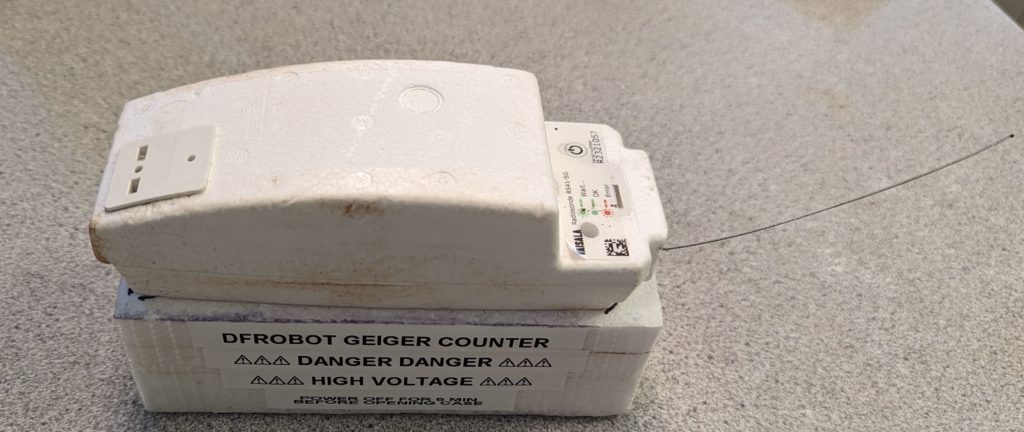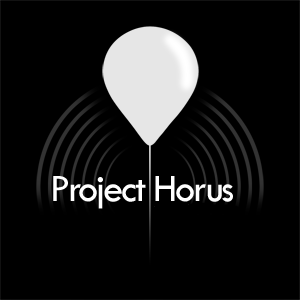 UPDATE: Thanks to all that helped out with this launch! 30 stations helped receive the Horus Binary telemetry, and 7 received the Wenet imagery. A writeup of this flight will be finalised in due course.
UPDATE: Thanks to all that helped out with this launch! 30 stations helped receive the Horus Binary telemetry, and 7 received the Wenet imagery. A writeup of this flight will be finalised in due course.
The AREG’s High-Altitude Ballooning sub-group, Project Horus, is planning their next launch for Sunday the 15th of January, with a planned launch time of 10 AM ACDT.
This launch will most likely be performed from the Auburn Community Oval, with the launch team arriving on site from around 9:15 AM. Spectators are welcome!
This launch aims to flight-test some experimental payloads which will be utilised in the upcoming Southern Hemisphere Space Studies Program. Further information on this program is available at the end of this article.
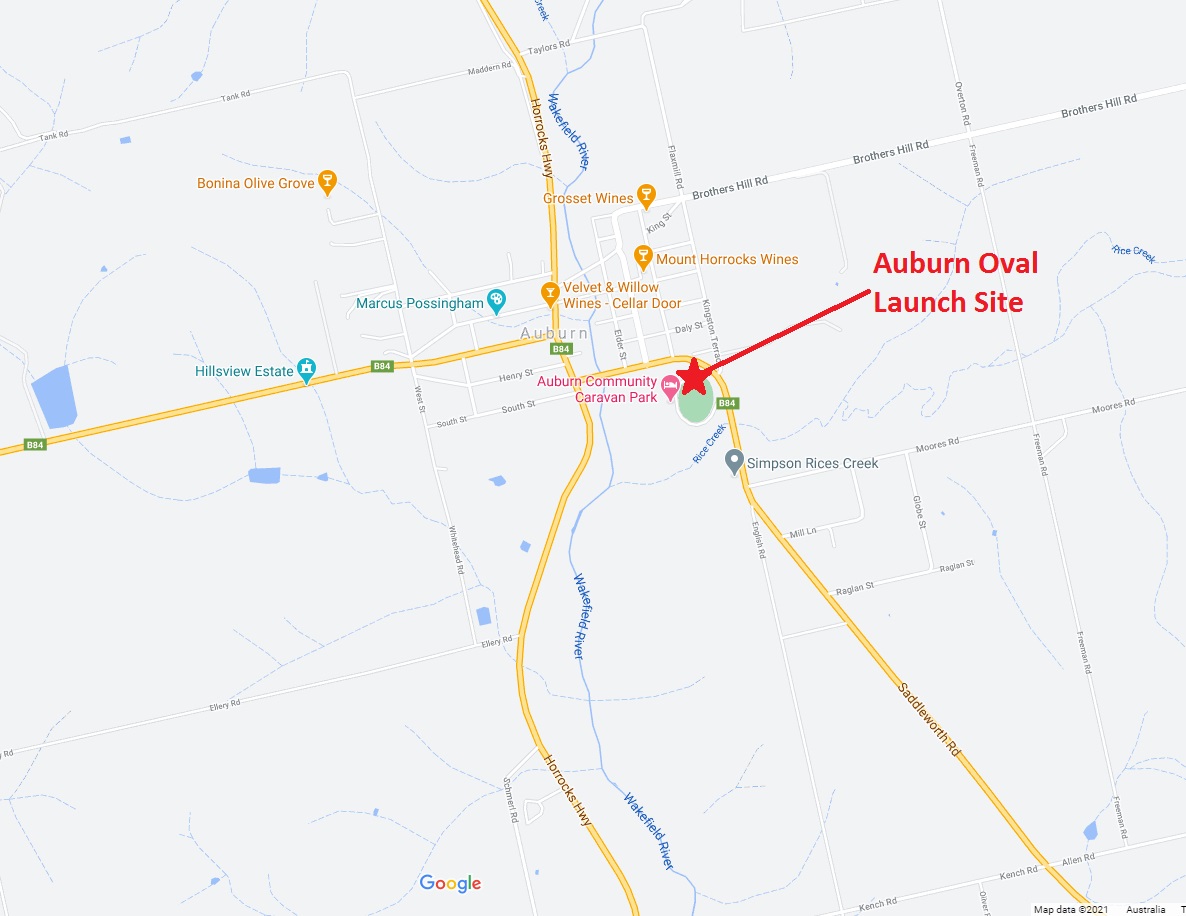
Tracking of the flight will be via the SondeHub-Amateur tracker, available by clicking this link. There will also be live imagery transmitted throughout the flight (refer further below for decoding details), available here.
A live data dashboard showing telemetry from the various payloads will be available during the flight at this link.
Primary Telemetry – 434.200 MHz
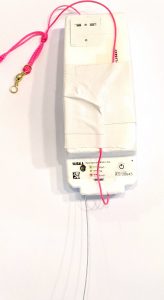 The primary tracking telemetry will be transmitted on 434.200 MHz using the Horus Binary 4FSK data mode. Amateurs in the Adelaide and Central SA region are also encouraged to get involved with the flight through receiving and uploading flight telemetry from our 70cm band tracking beacons. Every piece of telemetry data is valuable to the flight tracking and recovery teams so if you can help join the distributed receiver network to collect that data you will be making an important contribution to the project!
The primary tracking telemetry will be transmitted on 434.200 MHz using the Horus Binary 4FSK data mode. Amateurs in the Adelaide and Central SA region are also encouraged to get involved with the flight through receiving and uploading flight telemetry from our 70cm band tracking beacons. Every piece of telemetry data is valuable to the flight tracking and recovery teams so if you can help join the distributed receiver network to collect that data you will be making an important contribution to the project!
If you try receiving the telemetry from this flight, you’ll need a SSB-capable 70cm receiver (or a SDR), and the Horus-GUI telemetry decoder software. A brief guide on setting this up is available here: https://github.com/projecthorus/horusdemodlib/wiki/1.1-Horus-GUI-Reception-Guide-(Windows-Linux-OSX)
Listeners that already have Horus-GUI installed are encouraged to update to the latest version, which is available at this link.
Note that you will need to use a USB ‘dial’ frequency of 434.199 MHz for the 4FSK signal to be centred in your receiver passband and hence be decodable.
Experimental Radiation Sensor Payload – 434.210 MHz
An experimental radiation sensor payload, using a Geiger-Muller Tube, will also be launched on this flight. This will be transmitting on 434.210 MHz, also using the Horus Binary 4FSK data mode. The aim of this payload is to investigate the variation in radiation exposure throughout the flight.
This telemetry can be decoded using the same Horus-GUI software as the primary telemetry. Note that you will need to use a USB ‘dial’ frequency of 434.209 MHz for the 4FSK signal to be centred in your receiver passband and hence be decodable.
Tracking Details – Downward-Facing Imagery – 441.200 MHz
Imagery on this flight will be transmitted via the Wenet downlink system, which uses 115kbit/s Frequency-Shift-Keying to send HD snapshots. Reception of the Wenet imagery requires a Linux computer, a RTLSDR, and a 70cm antenna with some gain (a 5-element Yagi is usually enough).
This flight will be testing a downward-facing camera with a 780nm long-pass Infra-Red filter, which will highlight areas of healthy vegetation.
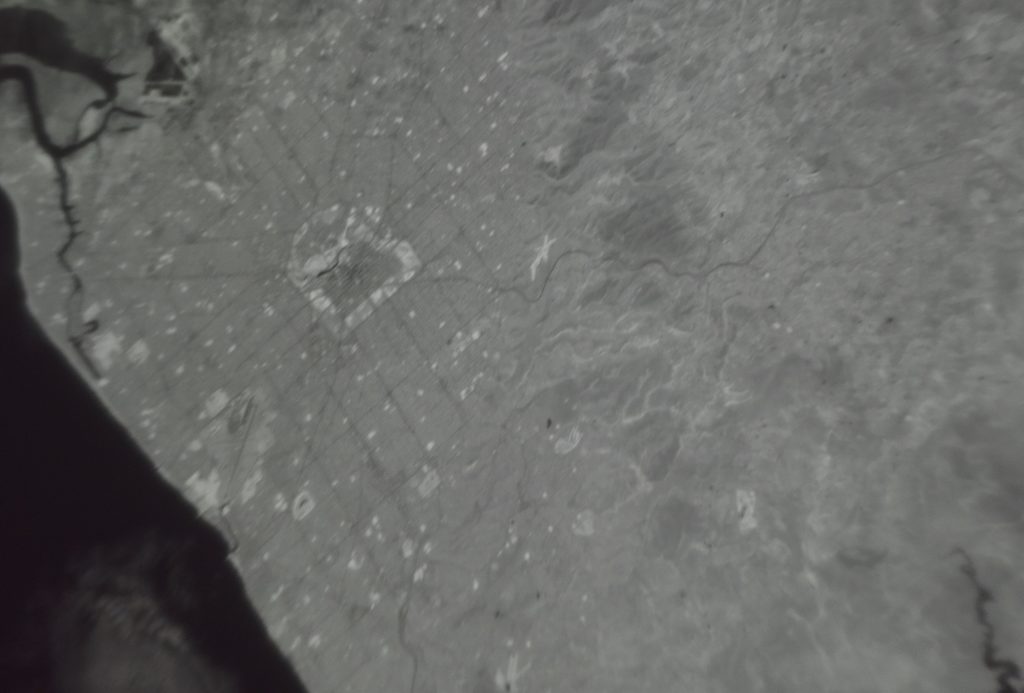
Infra-Red Filtered Imagery from a previous flight, with white areas indicating vegetation. The parklands surrounding the Adelaide CBD are clearly visible.
A guide on how to get set up to receive the Wenet signal is available here: https://github.com/projecthorus/wenet/wiki/Wenet-RX-Instructions-(Linux-using-Docker)
Please note the transmit frequency of 441.2 MHz, which may require listeners to re-configure their Wenet setup. Listeners who are already setup to receive Wenet should consider updating their decoding software to the latest version (December 2022), with update instructions available here.
During the flight, the live imagery will be available at this link: http://ssdv.habhub.org/
Tracking Details – Outward-Facing Imagery – 443.500 MHz
As a late addition, there will be a second imagery payload running on 443.500 MHz. This is a re-flight of our usual imagery payload, with the cameras pointing towards the horizon. Hopefully we can capture some images of the Riverland from this payload.
If you have the capability of running 2 receivers, please consider receiving this payload as well, but please prioritise receiving the payload on 441.200 MHz.
Southern Hemisphere Space Studies Program Launch – Late January 2023
AREG is pleased to once again be involved with the International Space University’s Southern Hemisphere Space Studies Program hosted by the University of South Australia. AREG members will be running a High-Altitude Balloon project as part of this course, culminating in a High-Altitude Balloon launch, currently planned for the 28th of January 2023 from the Auburn area.
This launch will be flying multiple payloads, including:
- 2x Horus Binary Telemetry Payloads, most likely on 434.200 MHz and 434.210 MHz (same as Horus 58)
- A downward-looking Wenet imagery payload on 441.200 MHz.
- A horizon-looking Wenet imagery payload on 443.500 MHz.
Given the many payloads on this flight we would greatly appreciate the assistance of the local amateur radio community in receiving telemetry! In particular, the more Wenet receiver stations we have running the higher the chance of downlinking complete images from the two imagery payloads.

